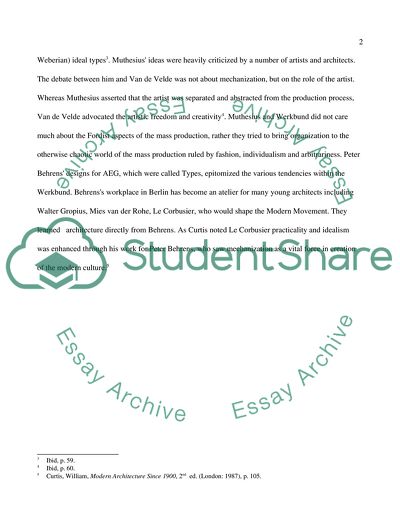Cite this document
(The Notion of Type and its Importance in the 20th Century Dissertation, n.d.)
The Notion of Type and its Importance in the 20th Century Dissertation. Retrieved from https://studentshare.org/social-science/1749322-type
The Notion of Type and its Importance in the 20th Century Dissertation. Retrieved from https://studentshare.org/social-science/1749322-type
(The Notion of Type and Its Importance in the 20th Century Dissertation)
The Notion of Type and Its Importance in the 20th Century Dissertation. https://studentshare.org/social-science/1749322-type.
The Notion of Type and Its Importance in the 20th Century Dissertation. https://studentshare.org/social-science/1749322-type.
“The Notion of Type and Its Importance in the 20th Century Dissertation”, n.d. https://studentshare.org/social-science/1749322-type.


